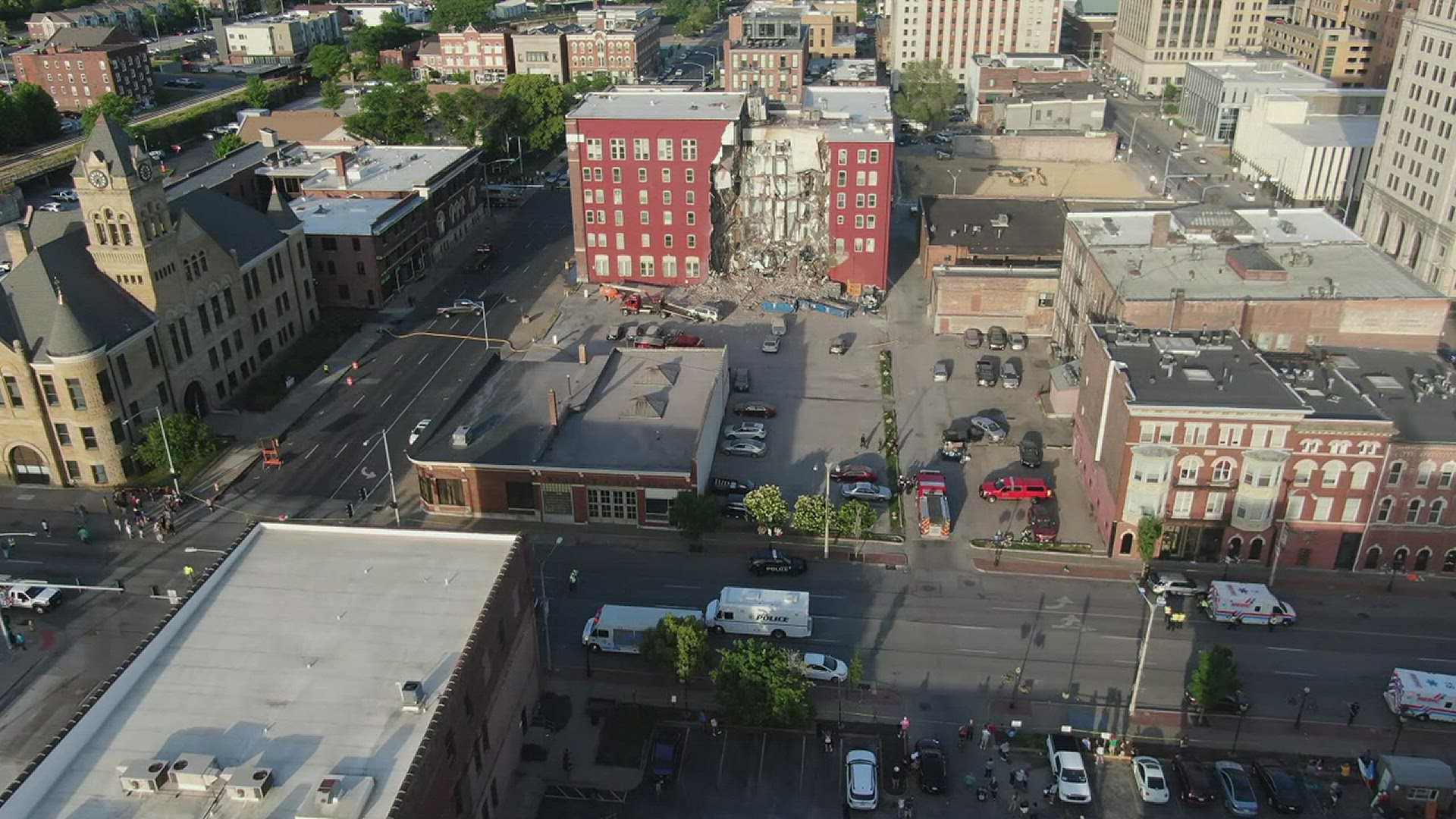Most crashes occurred when it was dark, according to police. Injuries were reported in nine cases, while a January crash resulted in the death of Trooper Christopher Lambert, 34. Lambert had gotten out of his squad car to respond to a three-vehicle crash when a car struck him, authorities said.
“It is difficult to speculate what may be driving the surge of crashes,” State Police Sgt. Delila Garcia said in an statement emailed to the newspaper.
Garcia said driving too fast or driving under the influence could be factors.
Read More: “It was within seconds”; Illinois State Trooper survives near-death crash on I-39
Distracted driving and a lack of awareness of the law could also be contributing to the surge, said Kathleen Lane, senior director of public relations at the National Safety Council, a nonprofit that focuses on health and safety issues.
Scott’s Law, which is also known as the Move Over Law, requires motorists to slow down and move over when there’s a stopped vehicle with flashing or hazard lights. Enacted in 2001, the law is named after Lt. Scott Gillen, a Chicago firefighter who was killed on-duty by a drunk driver.
“There is a lot of confusion over what the Move Over Law states and whether it is a law,” Lane said. “There’s a patchwork system of what you are supposed to do when you come across an emergency vehicle.”
Versions of the Move Over Law can be found across the U.S., according to the American Automobile Association. Some states require drivers to change lanes even when a stopped emergency vehicle doesn’t have lights activated.



